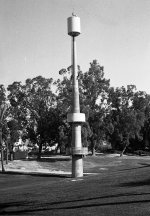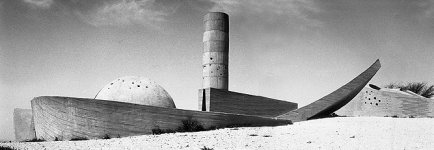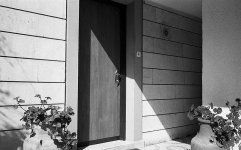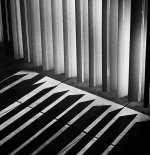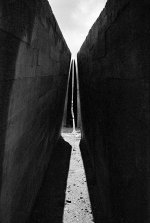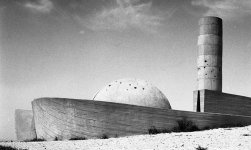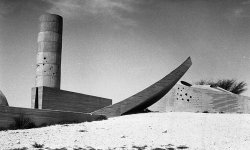Lazar,
Fantastic work Lazar!
Our company, BKA Group, manufactures Diafine and many other darkroom products. I have always believed that Diafine was misunderstood as a developer that was only good for low light level photography. In truth, Diafine was developed in the mid 60’s as a low contrast, compensating developer and it was then that Tri-X should be rated at 1600.
With the improved quality of contemporary films we find that Tri-X may now work better at 1250 although as always, film speed is highly subjective. Most curiously, we have tested the Diafine/Tri-X combination down as low as 400 with acceptable result but extremely low contrast.
Many Black/White photographers are now scanning their negatives for digital printing and scanning is precisely where you need a lower contrast negative. Regarding film speed….. with Diafine, film speed affects contrast. Diafine is a “compensating developer” which means that it develops to completion without burning out the highlights and to determine the best film speed (contrast) for your shooting style and post processing technique, you might try this experiment.
Place your camera on a tripod, set the set the ISO to 1600 and meter manually. Take the first shot, drop the ISO down one step to 1250 and take the next shot at the same shutter speed and f-stop as before. Repeat this process at each ISO down to 200. Process your roll of film in Diafine as usual with gentle agitation, 2 inversions each minute, wash and fix.
Scan these negatives and the frame that gives you the best print is the ISO you should be shooting at!



